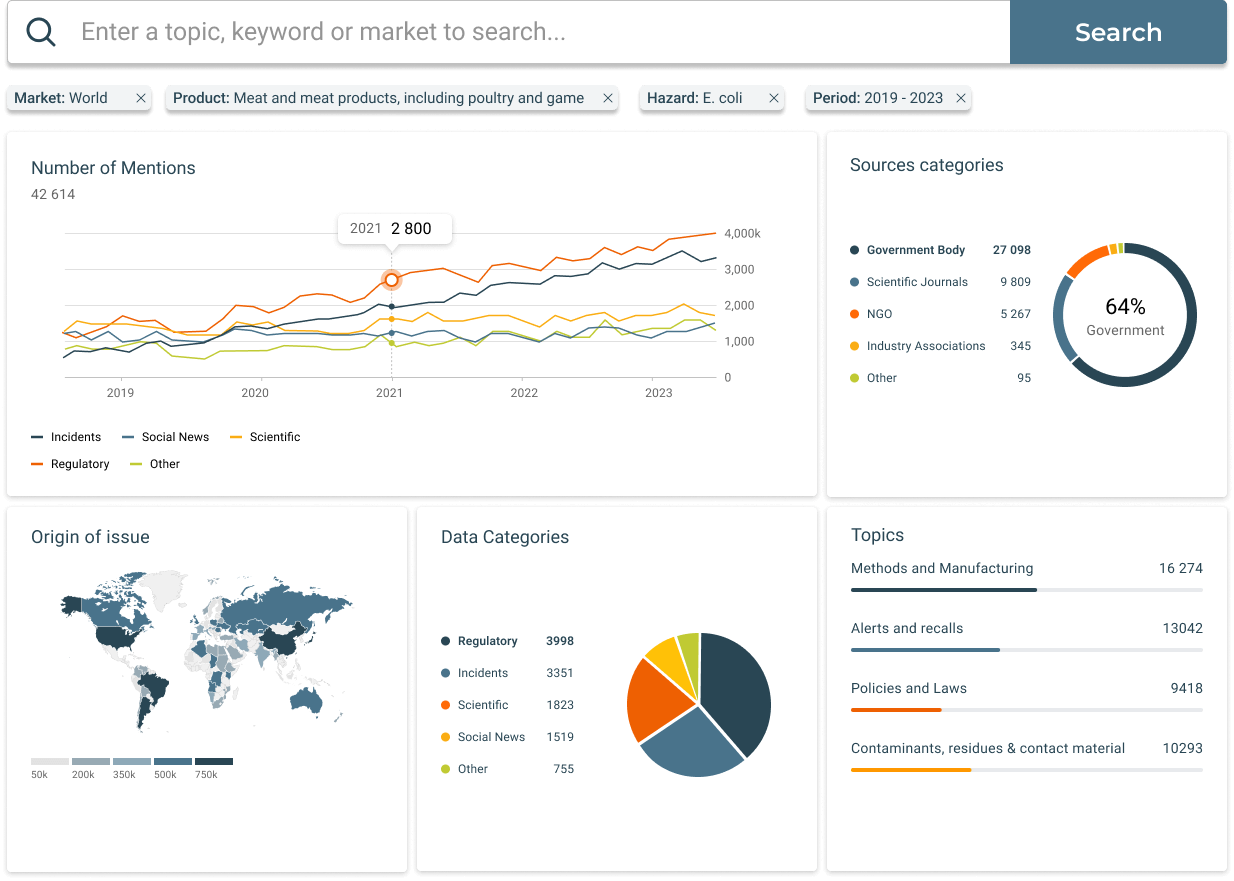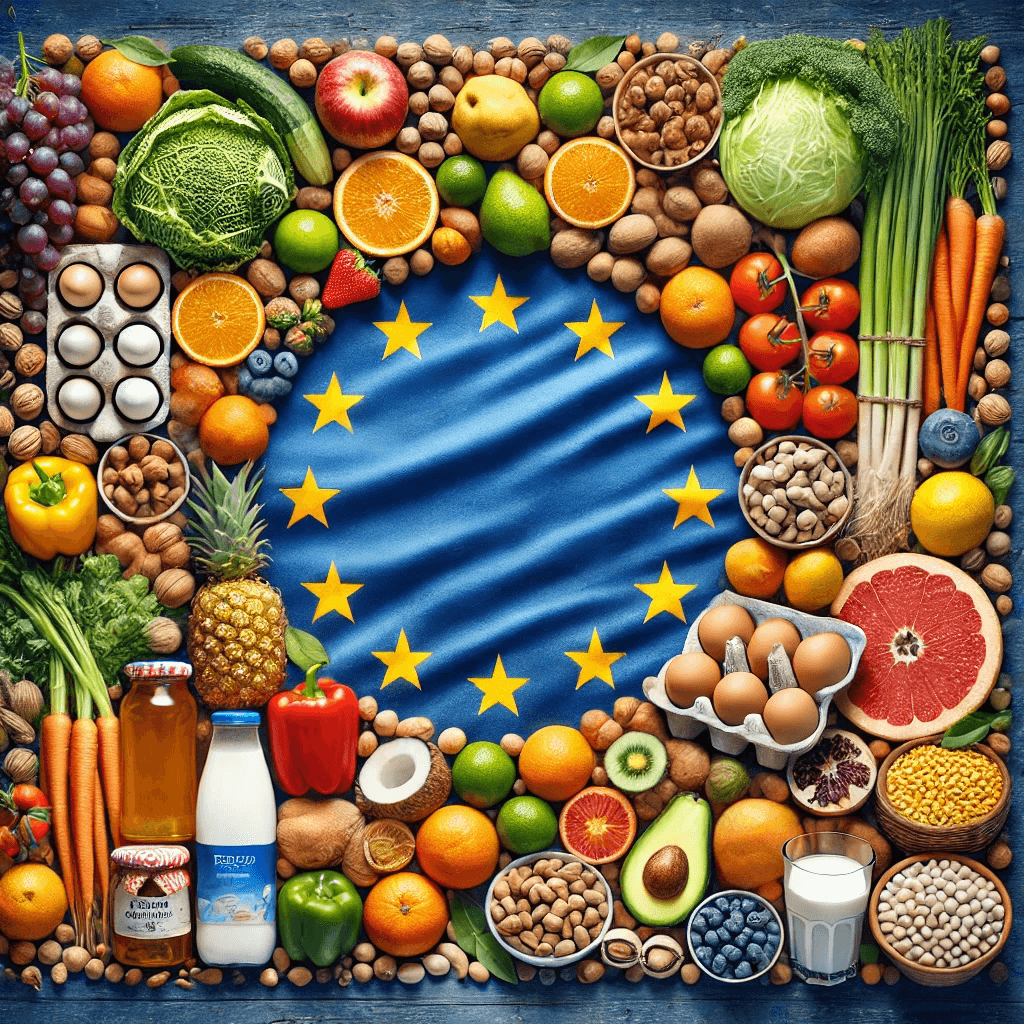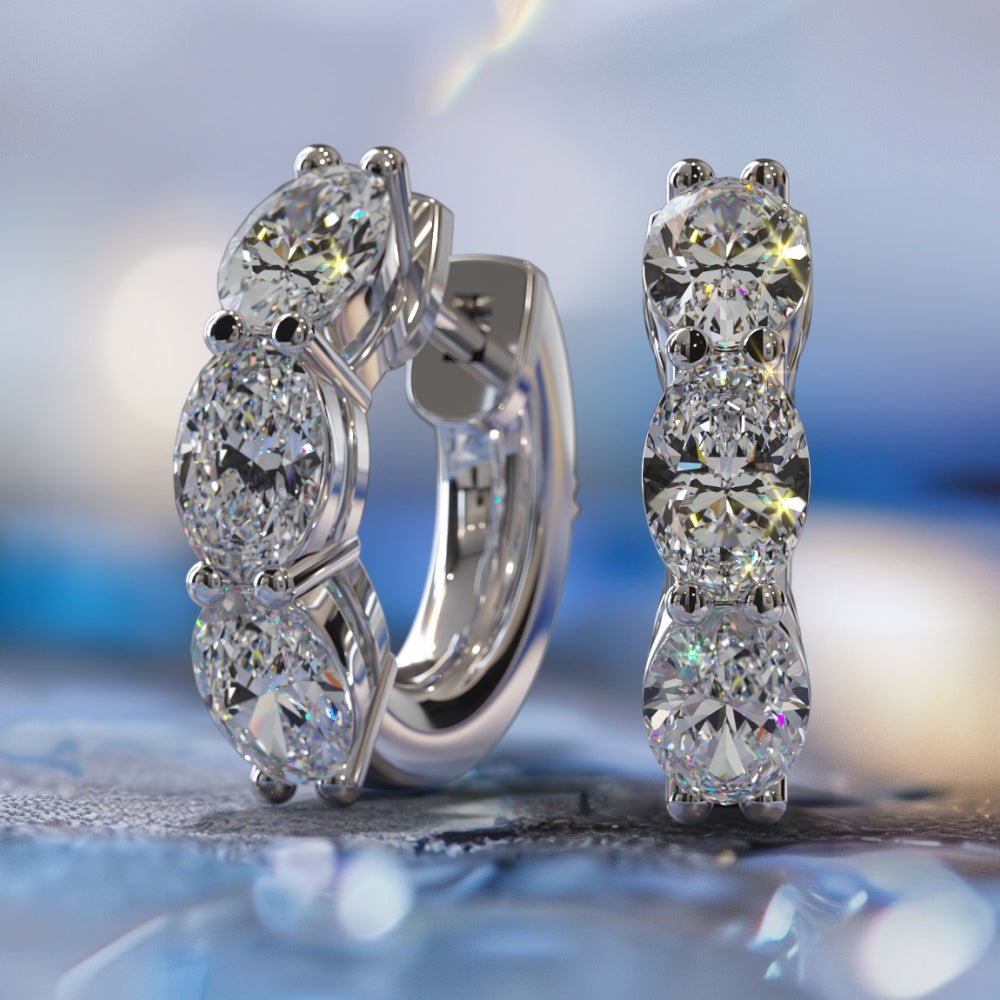
Self-pour taps are often seen with beer, wine, cider, cold brew, and kombucha, but until lately, cocktails were frequently disregarded. Although historically made one at a time, you may make cocktails in a keg with surprising simplicity, and the advantages of self-pour technology still hold.
Most of the same procedures and tools are used to make up cocktails on self-pour faucets as for beer or wine. There are a few details to bear in mind, however. Continue reading to learn more about the advantages of serving cocktails on tap, as well as the steps involved and the tools you’ll need.
Table of Contents
Why Should Owners Serve Cocktails on Tap?
Cocktails on tap increasingly appear on bar menus around the nation, and it’s simple to see why. Drinks are served more quickly and consistently from bartender to bartender when they are poured on draft. Revenue will undoubtedly increase when volume and quality both increase.
Money is time. The quicker your employees can produce a drink, the less money your bar will spend making that drink. Because they are so inexpensive, you may pass on some of those cost savings to the consumer, who may decide to purchase another, while others may directly go to your bottom line.
Draft drinks do away with many of the laborious gestures that artisan cocktails usually need. This ensures that even when the bar is busy, customers still get their beverages quickly. Moreover, with cocktails on tap, every drink will have the same flavor, no matter who is serving it. Even rookie bartenders can serve the ideal draft drink (as long as someone experienced is doing the batching).
What Are the Advantages of Serving Cocktails on Tap?
The primary benefits of delivering drinks on tap are speed, consistency, higher profits, and marketing simplicity.
Speed
The conventional method of producing a cocktail involves a bartender using various methods as they combine liqueurs, juices, fruits, spices, and other ingredients. While this method is undoubtedly an art, it also requires patience and close attention.
A bartender has to fill up a glass from the draft line at the point of service when serving pre-batched drinks that are supplied on tap. No swishing or stirring is necessary.
Consistency
Whether a bartender is a novice learning the ropes or an experienced pro, serving drinks on tap assures a precise pour every time. Although it seems that every bartender creates their drinks somewhat differently, when a client enjoys the flavor of their drink, they want the next one to taste the same. A different bartender would create the drinks if you had a big bar with many bartenders, leading to variable flavors. When clients need a refill, cocktails on tap enable operators to provide the same consistent flavor.
Higher Profits
A bar owner’s trinity of quality, consistency, and quickness often results in a higher profit margin. Money is time! More customers will spend money at your restaurant if you can mix a drink more quickly and effectively.
Customer Sampling
Customers may request a small sample of unique (and often costly) beverages from bartenders when there are cocktails on tap, which lowers the likelihood that they won’t like their drink and will send it back.
Accommodate More Clients
Traditional bars need time to make each drink, but with kegged cocktails, the ability to serve customers quickly is much improved. Consequently, your bar can offer more drinks in less time. Kegged cocktails keep the drinks coming and allow the bartenders to concentrate completely on non-kegged drinks.
Easy Maintenance
The self-pour apparatus is simple to clean. It just needs to be cleaned and sanitized. You will reassure your clients that they are in safer hands by publicly displaying your sanitization efforts. For their comfort and safety, you may also provide gloves and wipes for customers to use when pouring, and you can encourage them to get a fresh glass each time they visit the tap.
Why Should You Get Cocktails on Tap?
A typical bar may fill up fast when business is brisk. Customers battle for a spot at the bar and wait there until they are served. With self-pour, this is avoided since consumers may securely pour in an open space. They may approach the tap whenever they feel most comfortable doing so since they can see when other customers are there.
Finding strategies to enhance your operations and reduce operating expenses is particularly crucial right now. Self-pour technology will let you cut down on the number of servers required to manage your business while enhancing your visitors’ general security and satisfaction. A win-win situation!






